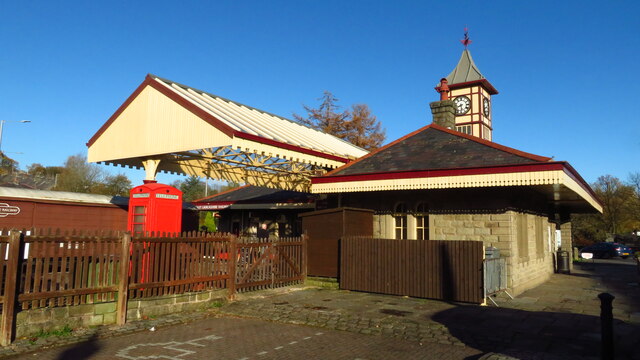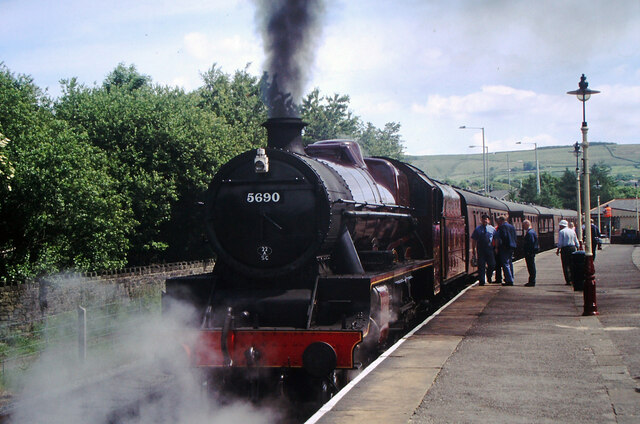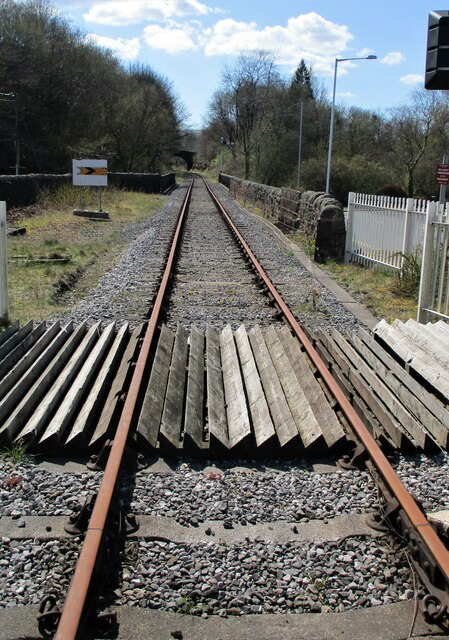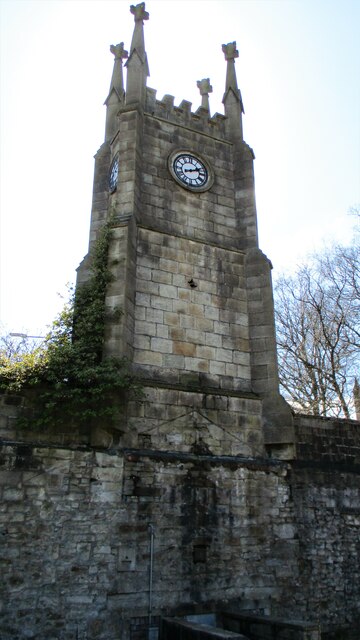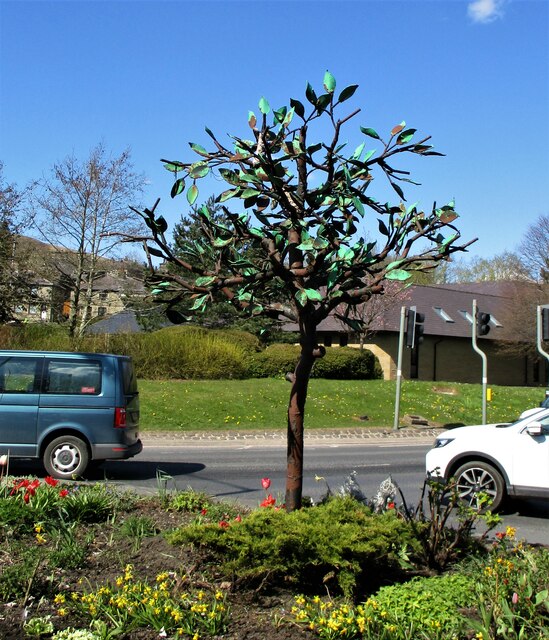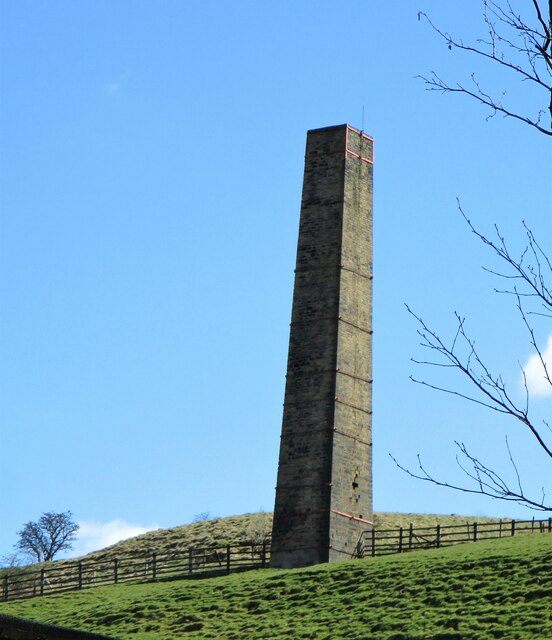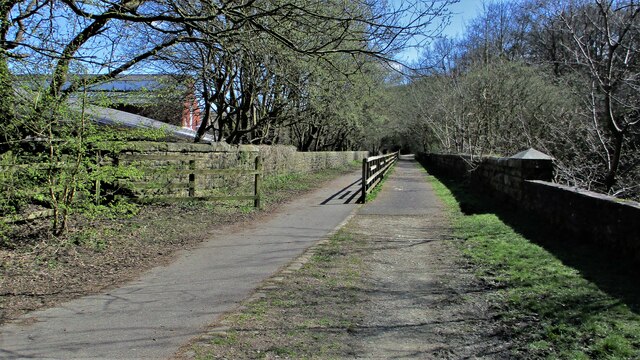Lee Clough
Valley in Lancashire Rossendale
England
Lee Clough
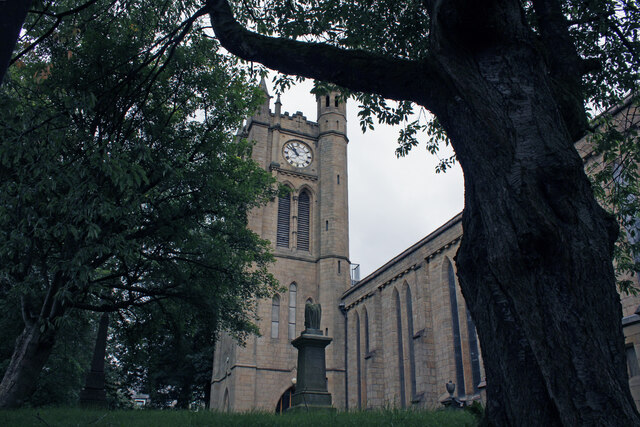
Lee Clough is a small valley situated in the county of Lancashire, England. Nestled within the picturesque countryside, it is known for its stunning natural beauty and tranquil atmosphere. The valley is located near the town of Clitheroe and is surrounded by rolling hills and lush greenery.
One of the main attractions of Lee Clough is its abundant wildlife and diverse flora. The valley is home to a variety of species, including birds, mammals, and insects. Visitors can often spot rabbits, deer, and various bird species while exploring the area. The valley is also dotted with vibrant wildflowers, adding to its charm.
Lee Clough offers numerous outdoor activities for nature enthusiasts. Hiking and walking trails crisscross the valley, allowing visitors to explore its scenic beauty. The tranquil surroundings make it an ideal spot for picnics and relaxation. There are also opportunities for fishing in the nearby rivers and streams.
History buffs will find interest in Lee Clough as well. The valley has a rich historical background, with evidence of human habitation dating back centuries. Ruins of old mills and farmhouses can be found scattered throughout the area, providing glimpses into the past.
Overall, Lee Clough is a hidden gem in Lancashire, offering a serene getaway from the hustle and bustle of city life. Its natural beauty, diverse wildlife, and historical significance make it a must-visit destination for nature lovers and history enthusiasts alike.
If you have any feedback on the listing, please let us know in the comments section below.
Lee Clough Images
Images are sourced within 2km of 53.71013/-2.2810281 or Grid Reference SD8123. Thanks to Geograph Open Source API. All images are credited.

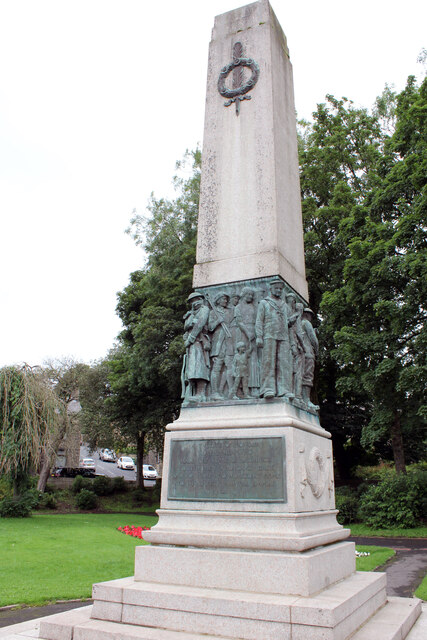
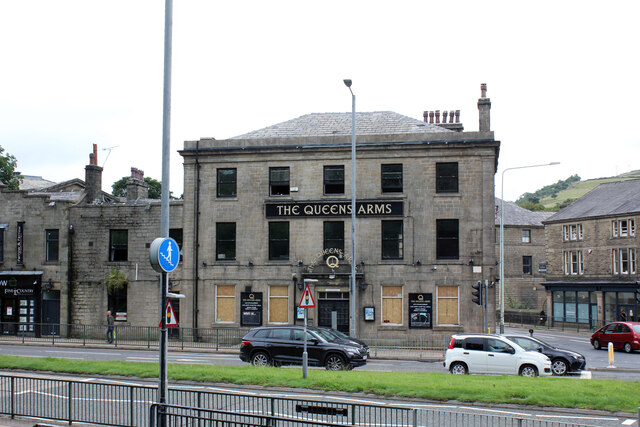
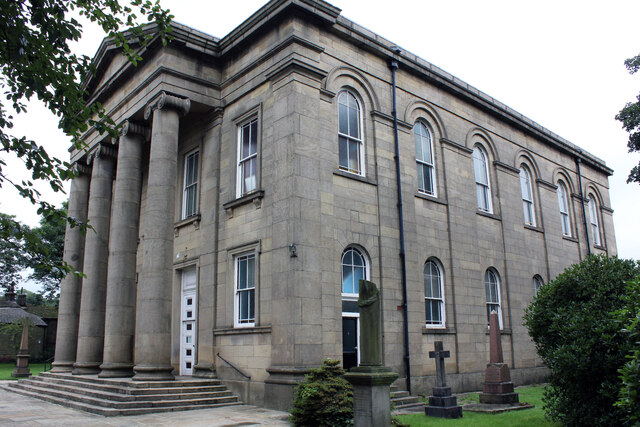
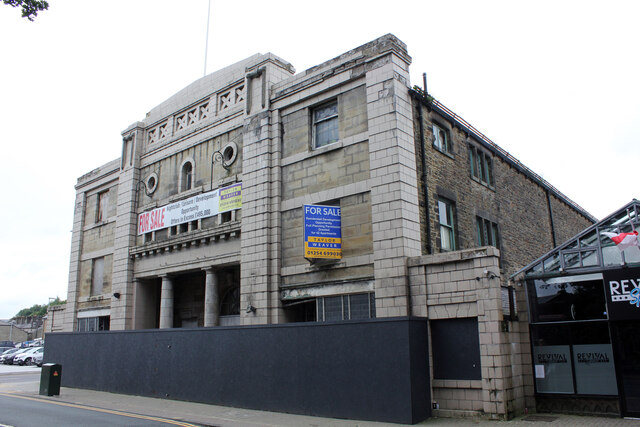
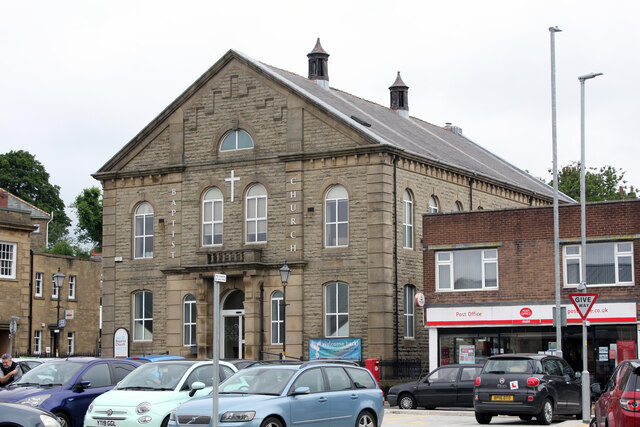
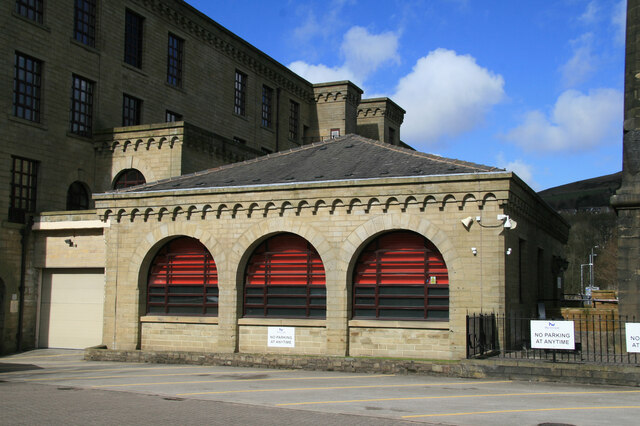
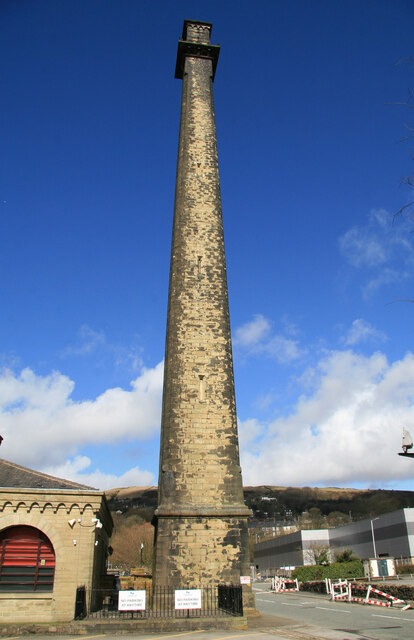
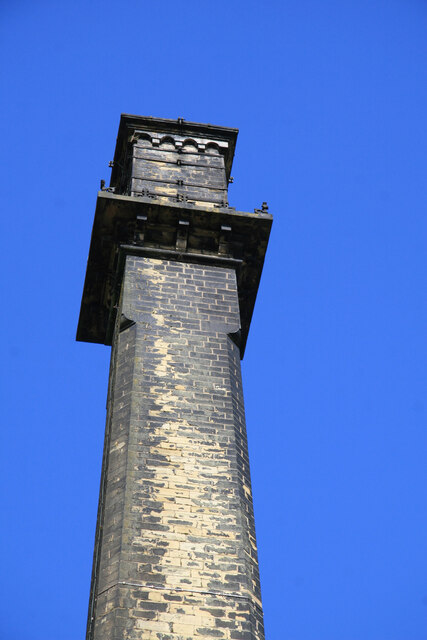
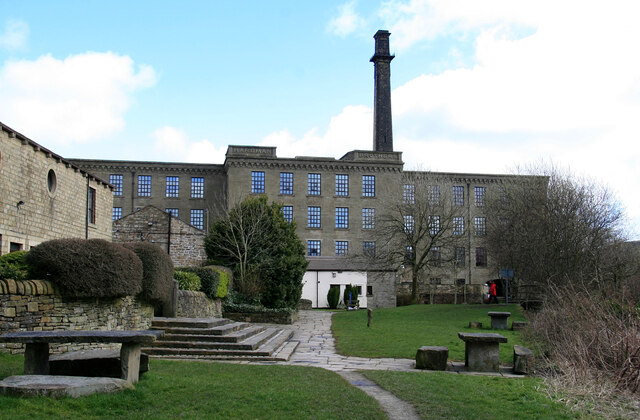
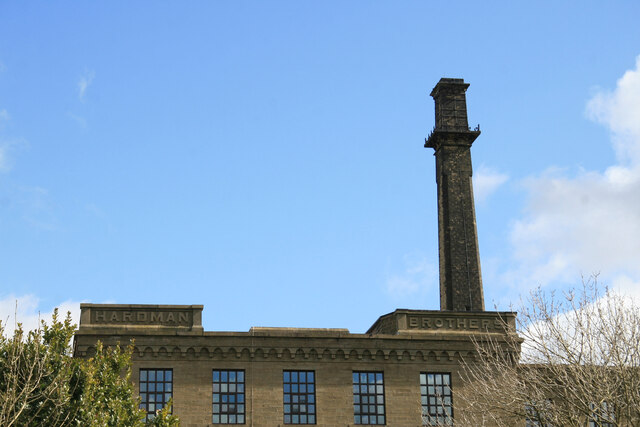
Lee Clough is located at Grid Ref: SD8123 (Lat: 53.71013, Lng: -2.2810281)
Administrative County: Lancashire
District: Rossendale
Police Authority: Lancashire
What 3 Words
///expanded.mercy.compelled. Near Rawtenstall, Lancashire
Nearby Locations
Related Wikis
Alder Grange School
Alder Grange School is a secondary school and sixth form located in the east Lancashire town of Rawtenstall, England. == Facilities == The school's sporting...
St Paul's Church, Constable Lee
St Paul's Church is in Burnley Road, Constable Lee, Rawtenstall, Lancashire, England. It is an active Anglican parish church in the deanery of Rossendale...
Ilex Mill
Ilex Mill is a cotton mill built in 1856 by Peter Whitehead in Rawtenstall, Lancashire. It reached its peak of production in 1895 when it had 50,000 spindles...
Rawtenstall Library
Rawtenstall Library is a Carnegie Library located in the town of Rawtenstall, Lancashire. Plans for a new library in Rawtenstall were drawn up in 1903...
Nearby Amenities
Located within 500m of 53.71013,-2.2810281Have you been to Lee Clough?
Leave your review of Lee Clough below (or comments, questions and feedback).
